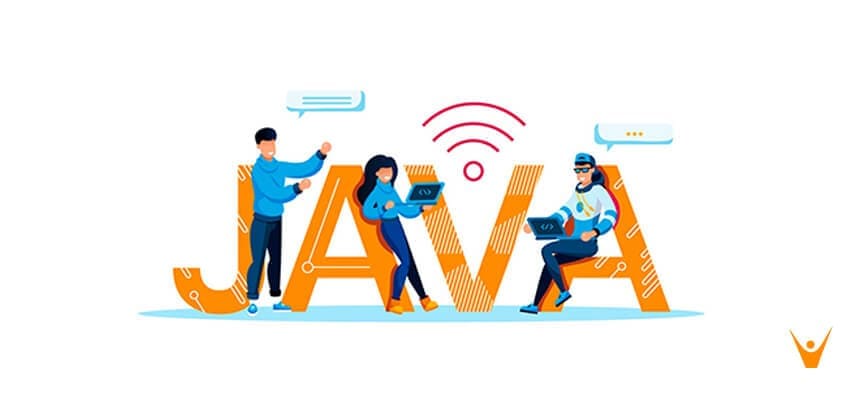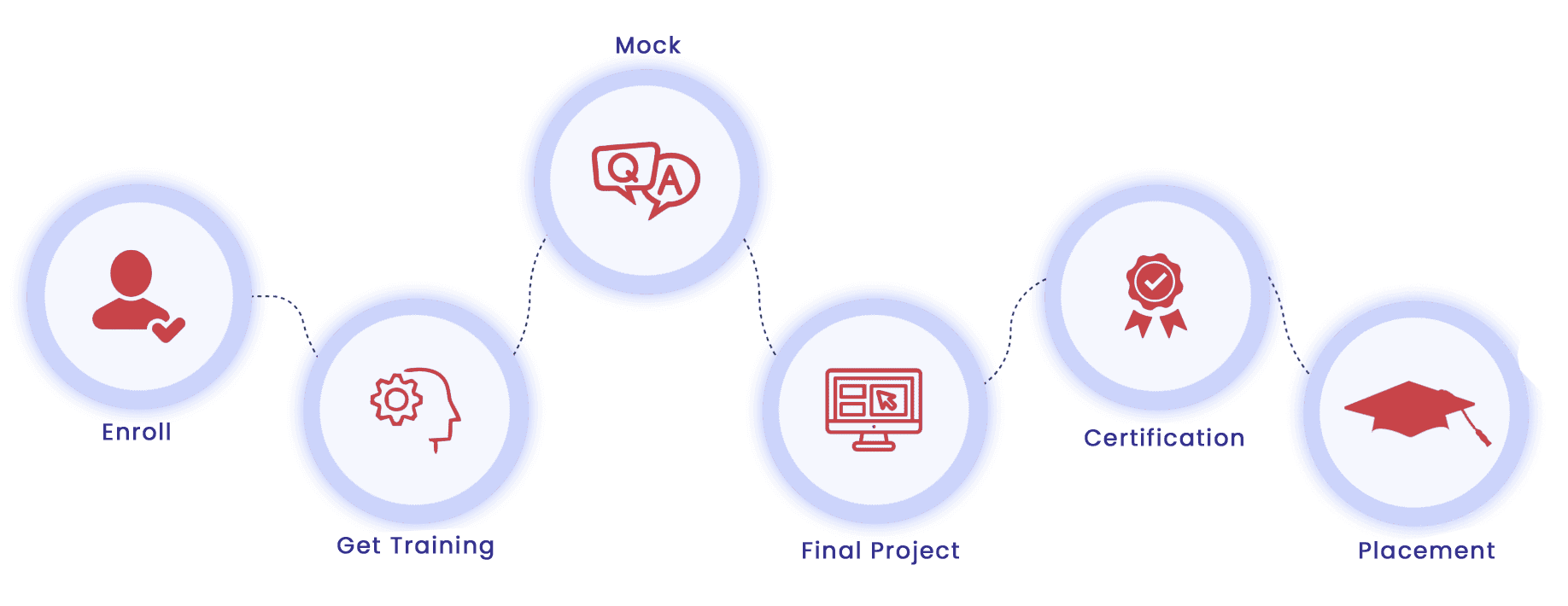A Java real-time project involves developing an application in Java that performs tasks in a time-sensitive manner, often processing data or responding to user inputs within strict time constraints. These projects simulate real-world environments where Java is used to build applications that require reliability, responsiveness, and high performance.



A basic understanding of Java programming is required, as the course will build on Java fundamentals. Familiarity with multithreading and network communication concepts is beneficial, but the course may cover these topics as needed.
You will work on practical, real-world projects that require real-time data processing and responsiveness. Examples may include building a real-time chat application, a stock trading platform, or an IoT monitoring system, allowing you to apply your skills to diverse scenarios.
